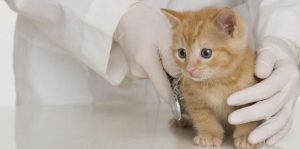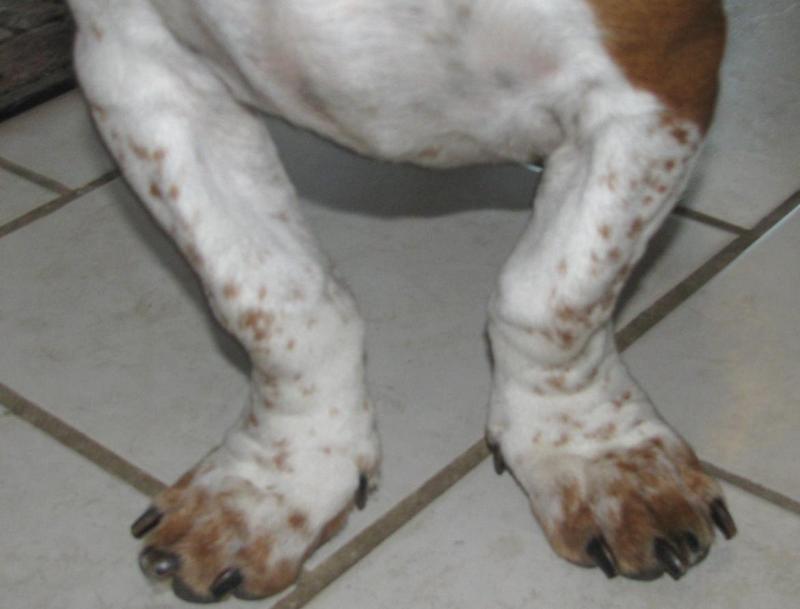but this is quite
Cat abdominal ultrasound
 Ultrasound is a non-invasive procedure used to evaluate internal organs. Ultrasound can be used to study the organs of the abdominal cavity, heart, eye and reproductive organs in cats. For an accurate diagnosis in many diseases of the abdominal cavity, ultrasound and x-rays are recommended. An x-ray will show the size, shape and location of the contents of the abdominal cavity, and an ultrasound scan allows you to examine the structure of the organs. Continue reading
Ultrasound is a non-invasive procedure used to evaluate internal organs. Ultrasound can be used to study the organs of the abdominal cavity, heart, eye and reproductive organs in cats. For an accurate diagnosis in many diseases of the abdominal cavity, ultrasound and x-rays are recommended. An x-ray will show the size, shape and location of the contents of the abdominal cavity, and an ultrasound scan allows you to examine the structure of the organs. Continue reading
Vaccinations kittens up to a year: the scheme, price and other issues
 You made an important decision and you got a kitten. It does not matter to preserve his health, you took him from a shelter for homeless animals, from friends or purchased in an elite nursery. All kittens need to perform typical procedures in order to maintain health in the most critical period of their life. Continue reading
You made an important decision and you got a kitten. It does not matter to preserve his health, you took him from a shelter for homeless animals, from friends or purchased in an elite nursery. All kittens need to perform typical procedures in order to maintain health in the most critical period of their life. Continue reading
7 facts about cats that every cat owner must know
 Like any animal, cats are a long-term commitment and responsibility, to which pets respond with unlimited love. Below are 7 facts about caring for cats that owners need to know about.
Like any animal, cats are a long-term commitment and responsibility, to which pets respond with unlimited love. Below are 7 facts about caring for cats that owners need to know about.
1. Your cat is a predator Continue reading



